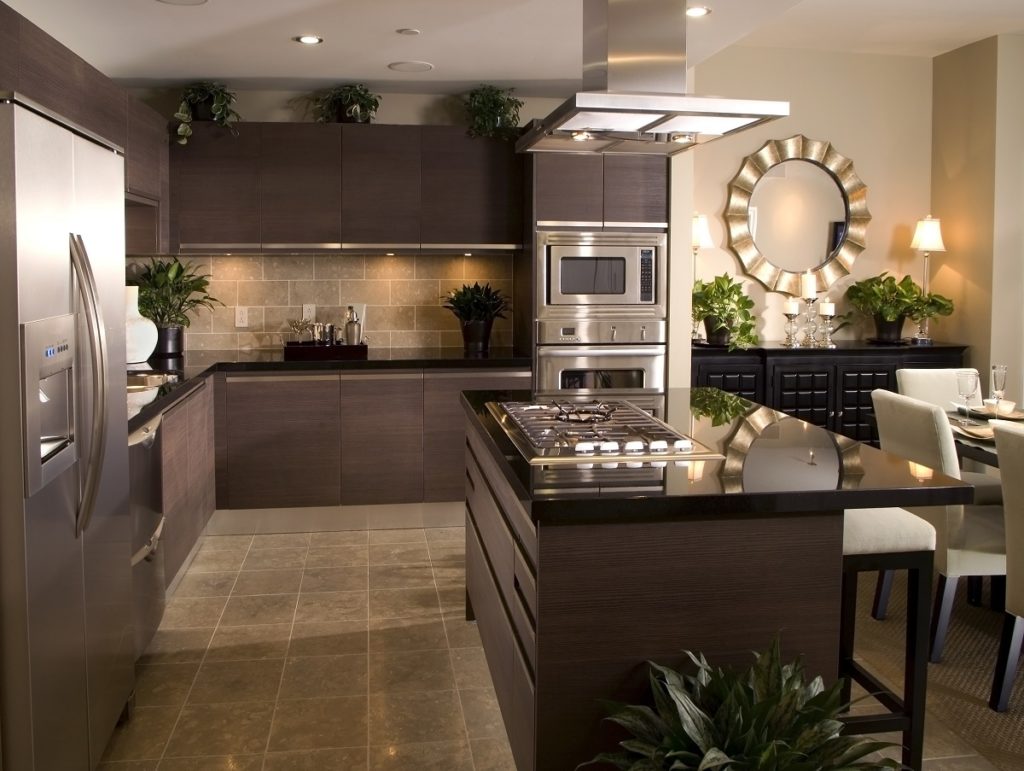We are cooking more than ever. The coronavirus pandemic has forced us to fend for ourselves and prepare up to three meals at home a day. You can have food delivered, but not a lot of restaurants are open. Plus, if you want to limit your contact with other people, you’d cook at home instead.
However, home cooking may come with a lot of waste, especially since spontaneous trips to the grocery stores are no longer advisable. Your fridge will likely be full of wilting vegetables. Avocados going bad on the countertop will probably be a weekly thing. So how can you ensure zero-waste home cooking?
Let the pantry dictate your meal plan
Instead of picking a recipe for every meal, let your pantry dictate the dish. Look at what you have on hand; check the fridge and scour the kitchen cupboards for ingredients that have been sitting for days. Do the same before going to your weekly grocery trip. See what you have, plan out some dishes, and list anything you need to add to your pantry to create those meals. That way, you refrain from over-buying.
Be mindful of storing fruits and vegetables
Some fruits and vegetables release natural gases as they ripen, which can make other produce spoil faster. It’s best practice to store fruits and vegetables in different bins. For example, you should store apples, bananas, or tomatoes by themselves. You can also freeze or preserve other fruits and greens. And if worse comes to worst, salvage wilted produce into casseroles, soups, sauces, or smoothies.

Revamp the design of your kitchen
Spending more hours in your kitchen can take a toll on your appliances, counters, floors, and lighting. Here are some sustainable design choices you can make if you plan to renovate your kitchen:
- Upgrade to appliances with the Energy Star symbol. When you cook at home frequently, you shouldn’t only think of food waste but also energy waste. Upgrade to ones with the Energy Star symbol as they exceed current EPA guidelines for sustainability and energy efficiency.
- Install energy-efficient lighting fixtures. Adding dimmer switches in your kitchen allows you to adjust wattage; you can decide when and where it should be brighter. And whenever you need to replace your bulbs, use LED lighting options. They can be expensive but last longer. You can get your money back through energy savings monthly and fewer lifetime bulb replacements.
- Upgrade your sink faucets to touch-free. It will be convenient and easy to use. And with automatic shut-off, you will get to conserve water when preparing meals and cooking dishes.
- Go for a timeless design. Part of sustainability is longevity. Make sure you revamp your kitchen with a timeless, functional design, so you won’t have to redo or renovate it more frequently.
By changing your shopping behaviors, storage tactics, and kitchen design, you can embrace eco-friendly home cooking. You can create affordable healthy meals at home without producing food scraps and water and energy waste. That’s a great way to both help save the environment and flatten the pandemic curve.

